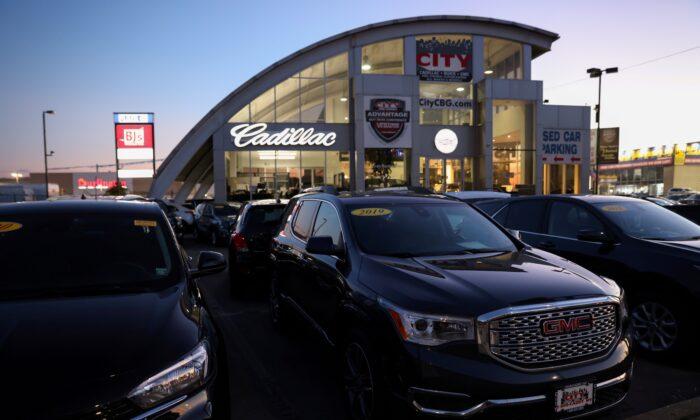General Motors said it will adapt its electric vehicles to the Tesla Supercharger network, after Ford Motor Co. made a similar deal last month.
This move will all but ensure that Tesla’s charging ports will become the North American standard.
On June 8, GM CEO Mary Barra revealed in a talk with Tesla CEO Elon Musk on Twitter Spaces that an agreement had been reached.
GM’s agreement with Tesla is similar to what Ford CEO Jim Farley announced two weeks ago.
Auto Giants’ Agreement With Tesla Sets National Industry Standard
Starting in early 2024, General Motor EVs will be able to recharge at Tesla’s 12,000 Superchargers in North America using an adapter.GM will install a port into its EVs for direct access to Tesla Superchargers by 2025, thereby eliminating the need for an adapter.
“This collaboration is a key part of our strategy and an important next step in quickly expanding access to fast chargers for our customers,” Barra said.
Ford’s and GM’s deal with Tesla is likely to encourage rival car manufacturers to do the same, making the company’s charging ports the sole industry standard.
“Not only will it help make the transition to electric vehicles more seamless for our customers but it also could help move the industry toward a single North American charging standard,” Barra added.
Musk Enticed Top EV Manufacturers to Embrace Charger Network
Musk made Tesla’s EV connector design available to the public in November 2022 to “accelerate the world’s transition to sustainable energy.”The California-based EV manufacturer claimed that its charging connectors are the most commonly used in North America.
Tesla had previously invited charging network operators and vehicle manufacturers to incorporate their charging connectors and charge ports into their equipment and vehicles.
The Biden administration announced in February that Tesla would provide access to some of its Supercharger and destination charger stations to non-Tesla vehicles by the end of 2024.
Musk said that the entire EV industry would benefit by making its Superchargers the North American standard.
Charging Network Rivals Lose Big to Tesla
Like GM, current Ford EV owners will need to purchase an adapter for now, until newer models with North American Charging Standard (NACS) connectors are built that are compatible with Tesla Superchargers.Ford will allow drivers to charge their vehicles by paying Tesla through its FordPass and Ford Pro Intelligence apps.
Farley noted that customers already had access to 10,000 fast chargers, but he said that gaining access to Tesla’s 12,000 charging stations would be a major enhancement.
“I think it’s pretty amazing what you and your team have done for the customers,” Farley said.
Farley also praised Tesla for its supercharger locations, reliability, routing software, the connector’s user friendliness, and overall reliability.
GM shares rose more than 5 percent in extended trading yesterday, while Tesla climbed 2.7 percent in value.





